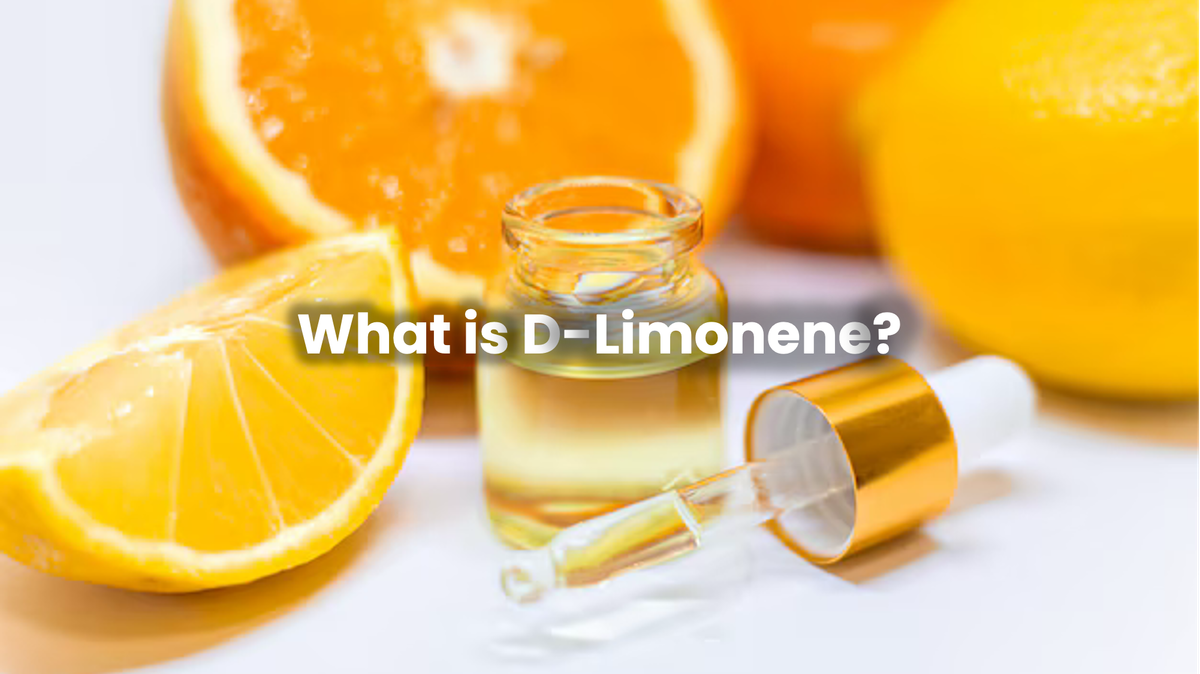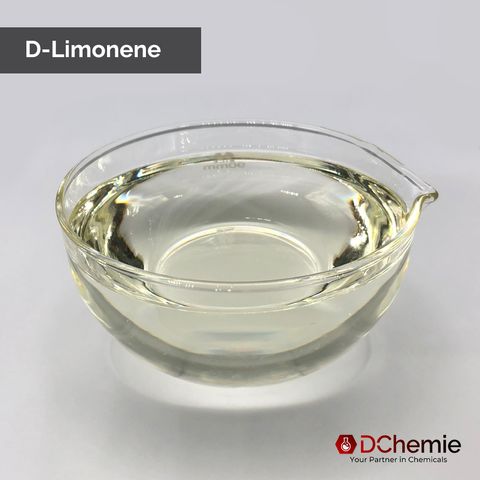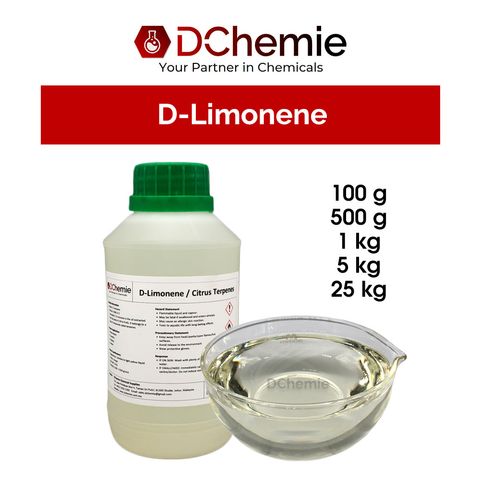
Introduction:
D-Limonene is a naturally occurring chemical compound classified as a cyclic monoterpene. It is commonly found in the rinds of citrus fruits and various plant species. With its distinct citrus aroma, D-Limonene serves as a versatile ingredient in numerous industrial applications.
Function and Uses:
Primarily known for its solvent properties, D-Limonene is prized for its ability to dissolve oils, waxes, and resins. This makes it an invaluable component in cleaning products, degreasers, and industrial solvents. Additionally, its pleasant scent often lends itself to formulations in air fresheners, fragrances, and personal care products.
Applications:
- Cleaning Industry: D-Limonene is widely utilized in household and industrial cleaners due to its exceptional degreasing capabilities. It effectively removes stubborn stains, grease, and adhesive residues from various surfaces, including metals, plastics, and ceramics.
- Paints and Coatings: In the manufacturing of paints, varnishes, and coatings, D-Limonene serves as a natural solvent. Its ability to dissolve paint residues and thin coatings makes it an eco-friendly alternative to traditional solvents like acetone or mineral spirits.
- Adhesives and Sealants: D-Limonene finds application in the formulation of adhesive removers and sealant solvents. Its gentle yet effective action helps dissolve adhesive bonds without damaging substrates, making it suitable for use on delicate surfaces.
- Printing Industry: As a natural solvent, D-Limonene is incorporated into printing inks and ink removers. Its ability to break down ink pigments facilitates the cleaning of printing equipment and surfaces, enhancing efficiency in the printing process.
- Agriculture: In agriculture, D-Limonene is used in pesticide formulations due to its insecticidal properties. It serves as an active ingredient in eco-friendly insecticides and pest repellents, offering a safer alternative to conventional chemical pesticides.
Product Examples:
- All-purpose cleaners
- Paint strippers
- Adhesive removers
- Printing ink solvents
- Insecticidal sprays
Production/Sources:
D-Limonene is primarily extracted from citrus fruit peels through a process known as steam distillation or cold pressing. Orange, lemon, and grapefruit peels are the main sources of commercial D-Limonene production. After extraction, the oil undergoes purification to remove impurities, resulting in a high-purity D-Limonene product suitable for various industrial applications.
Properties/Characteristics:
- Chemical Formula: C10H16
- Molecular Weight: 136.23 g/mol
- Boiling Point: 176°C
- Density: 0.841 g/cm³
- Solubility: Insoluble in water, soluble in organic solvents
- Odor: Characteristic citrus scent
- Color: Colorless to pale yellow liquid
Conclusion:
In conclusion, D-Limonene stands as a multifunctional compound with widespread applications across various industries. From its role as a solvent and degreaser to its use in agriculture and personal care products, D-Limonene continues to prove its efficacy and versatility. With its natural origins and diverse functionalities, it remains a valuable ingredient in the chemical supply chain, offering effective solutions while minimizing environmental impact.


